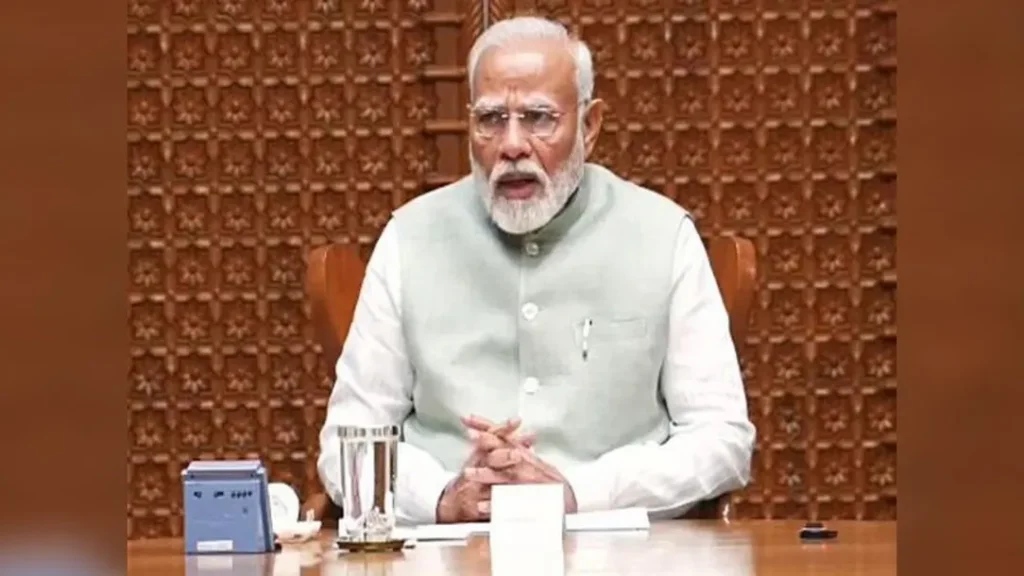Context:
Union Cabinet, chaired by Prime Minister Narendra Modi, approved the modification of the Pradhan Mantri JI-VAN (Jaiv Indhan- Vatavaran Anukool fasal awashesh Nivaran).
More in the News:
- This initiative aims to align with the latest advancements in biofuels and attract significant investment.
- The modified scheme implementation period of the scheme has been extended by five years, now lasting until 2028-29.
- The scheme now covers advanced biofuels derived from lignocellulosic feedstocks (agricultural and forestry residues, industrial waste, synthesis gas, algae).
Eligibility for Projects:
- “Bolt-on” plants and “Brownfield projects” are now eligible, allowing them to utilize their existing infrastructure and expertise.
About Pradhan Mantri JI-VAN Yojana:
- Scheme launched to encourage the setting up of second-generation (2G) biofuel plants.
- Scheme Implementation Agency: The Centre for High Technology (CHT) under the Ministry of Petroleum and Natural Gas (MoP&NG).
Aims:
- To provide financial support to Integrated Bioethanol Projects using lignocellulosic biomass and other renewable feedstock.
Key Term:
- Lignocellulosic biomass: It refers to plant biomass that is composed of cellulose, hemicellulose and lignin. For example: cereal straw, forest residues, etc.
Focus on Innovation:
- Project proposals featuring new technologies and innovations will receive preference, promoting diverse technological approaches in the biofuel sector.
Objectives:
- The scheme provides farmers with a remunerative income, tackles environmental pollution, creates local jobs, and bolsters India’s energy security while supporting the Make in India Mission.
- The Government of India’s commitment to promoting advanced biofuels through the Pradhan Mantri JI-VAN Yojana reflects its dedication to a sustainable and self-reliant energy sector.
- It aims to facilitate the blending of ethanol in petrol, which has significantly increased over the years. The initiative is crucial for achieving India’s ambitious target of net-zero GHG emissions by 2070, thereby contributing to a greener future.
Background on Ethanol Blending Programme
- Ethanol Blending Increase: From 38 crore litres (ESY 2013-14) to 500 crore litres (ESY 2022-23), with blending percentage rising from 1.53% to 12.06%.
- Target: Achieve 20% ethanol blending by ESY 2025-26.
- Capacity Requirement: 1100 crore litres of ethanol needed; 1750 crore litres of distillation capacity required.
Focus on 2G Ethanol
- Alternate Sources: Emphasis on 2nd Generation (2G) Ethanol from surplus biomass, agricultural, and industrial waste.
- Financial Assistance: Pradhan Mantri JI-VAN Yojana notified on 7th March 2019 for 2G Bio-ethanol projects.
Notable Projects:
- Under the scheme, the first 2G Ethanol Project by Indian Oil Corporation at Panipat, Haryana (inaugurated August 2022).
- The other 2G commercial projects being set up by BPCL, HPCL and NRL at Bargarh (Odisha), Bathinda (Punjab) and Numaligarh (Assam) respectively, are also nearing completion.

